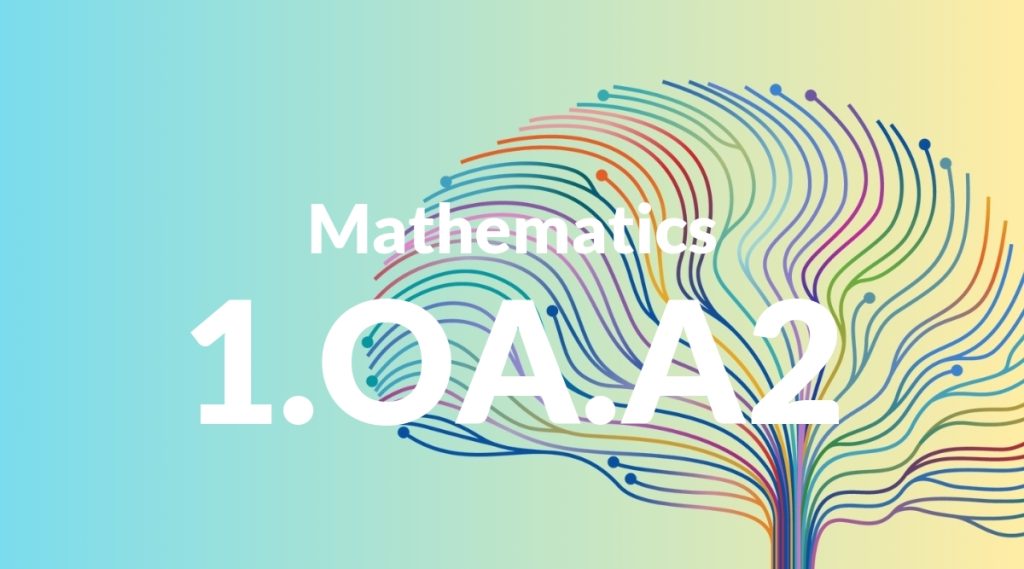Standard: 1.OA.A2 – Solve word problems that call for addition of three whole numbers whose sum is less than or equal to 20, e.g., by using objects, drawings, and equations with a symbol for the unknown number to represent the problem.
Grade level: Grade 1
Subject: Mathematics
Domain: Operations & Algebraic Thinking
Teacher Overview
This standard focuses on solving word problems that involve the addition of three whole numbers, with the sum not exceeding 20. It is crucial as it builds on students’ understanding of basic addition and prepares them for more complex arithmetic operations. Students should be able to add two numbers and understand the concept of a sum. They should also be familiar with numbers up to 20 and comfortable using visual aids like objects and drawings to represent numbers.
After mastering this standard, students will be able to tackle more complex word problems involving addition and subtraction, and they will start to understand the properties of arithmetic operations.
Common Misconception 1
A common misconception is that the order of the numbers affects the sum. This is incorrect because addition is commutative; the sum remains the same regardless of the order in which numbers are added.
Intervention 1
An effective intervention is to use manipulatives like blocks or counters to physically rearrange the numbers and show that the total remains unchanged, reinforcing the commutative property of addition.
Common Misconception 2
Another misconception is that students might omit one of the numbers in the problem. This happens because they might focus on only two numbers and forget the third.
Intervention 2
To address this, use visual aids such as a checklist or a drawing that represents all three numbers. This helps students ensure they include all numbers in their calculations.
Prerequisite Knowledge
Students should understand basic addition of two numbers and be familiar with numbers up to 20. They should also be comfortable using objects and drawings to represent numbers.
Subsequent Knowledge
Students will develop skills in solving more complex word problems involving addition and subtraction. They will also learn to work with larger numbers and begin to understand the properties of operations.
Instructional Activities
- Use story problems involving familiar objects like fruits or toys to practice adding three numbers.
- Create a classroom game where students draw three cards with numbers and find the sum.
- Use interactive whiteboard activities to visually represent the addition of three numbers.
- Incorporate physical activities where students group objects and add them together.
- Use worksheets with visual aids like pictures or diagrams to solve addition problems.




